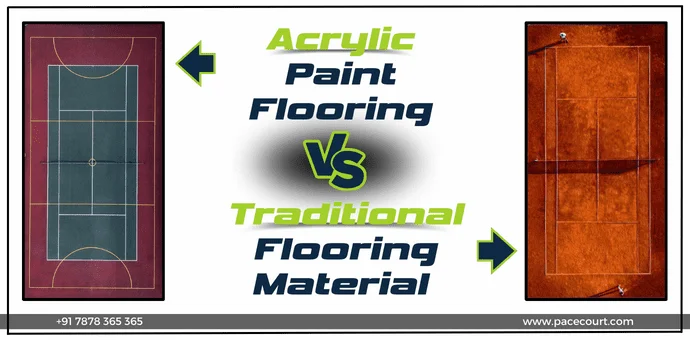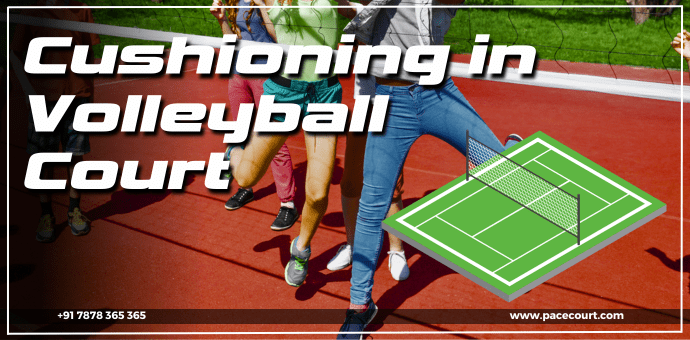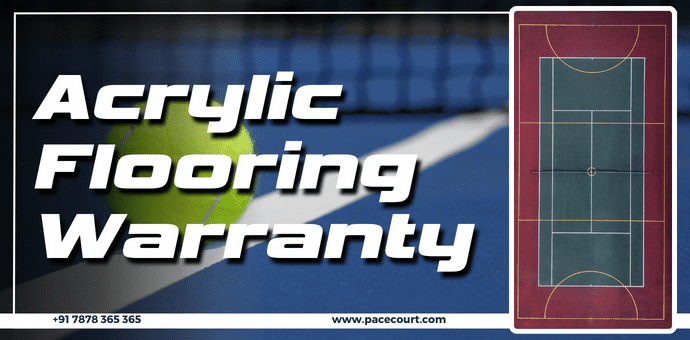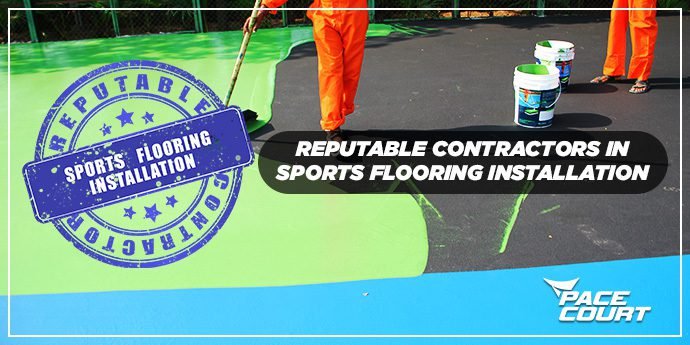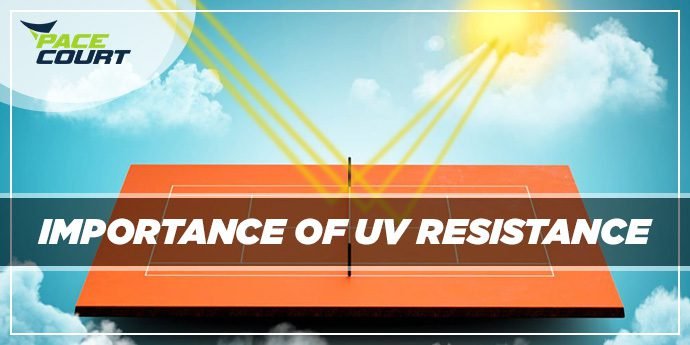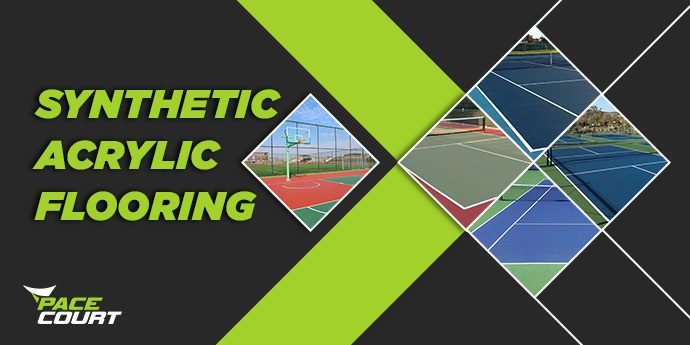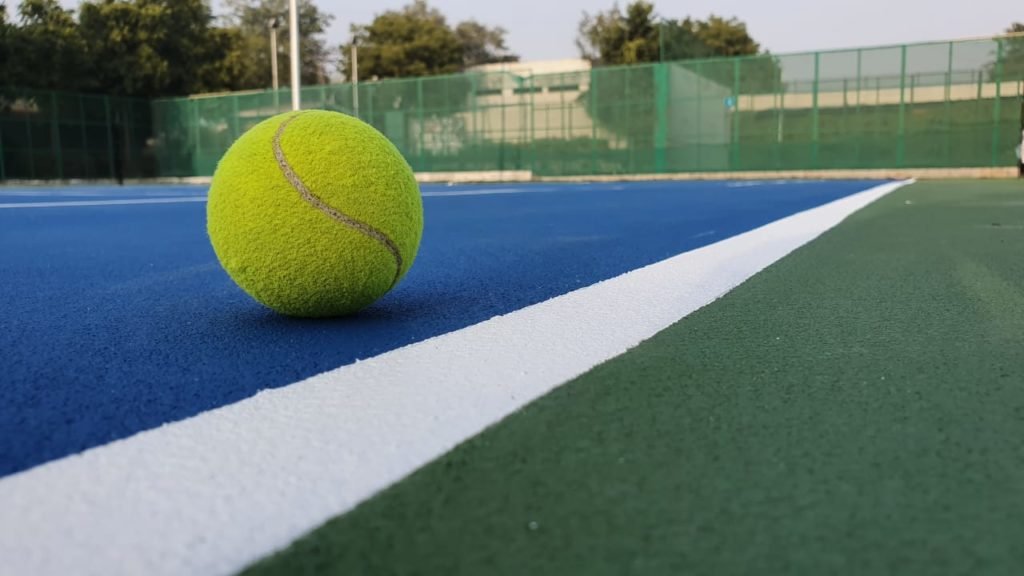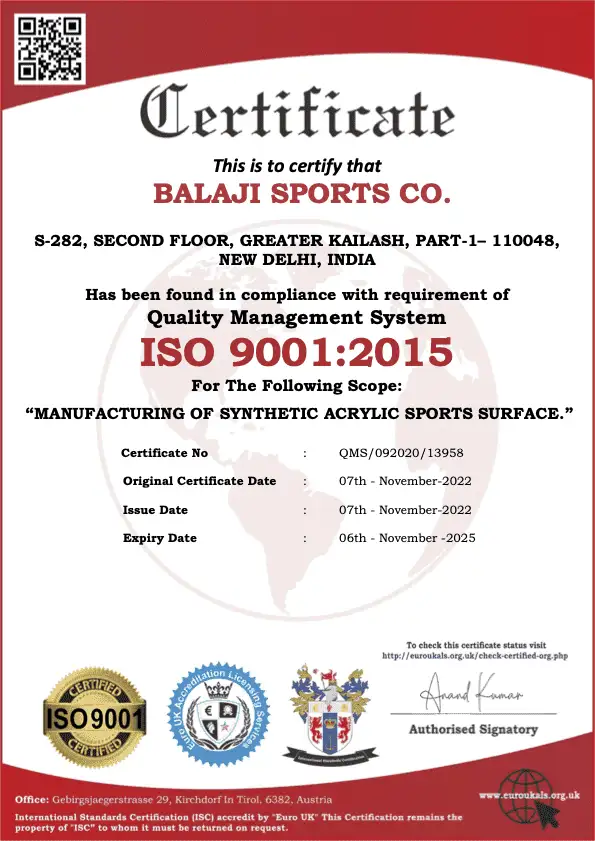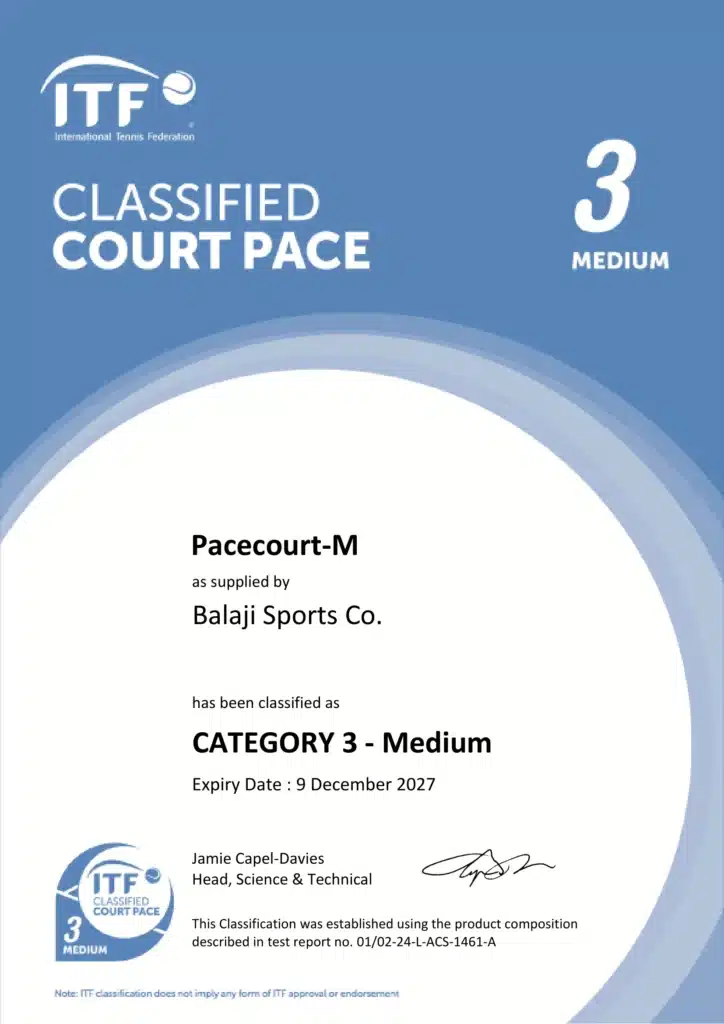Acrylic Paint Flooring vs. Traditional Flooring Materials
The importance of flooring in sporting arenas cannot be overstated. A decent sports floor influences performance, safety, and appearance. Acrylic Floor painting has recently emerged as a tempting alternative, providing various benefits that few materials can match. This essay will discuss the various characteristics of Acrylic Paint Flooring and compare it to other traditional sports flooring materials. 1. Introduction to Acrylic Paint Flooring Acrylic Paint Flooring is a robust surface made of a mixture of acrylic resins, pigments, and other components to create a surface that is long-lasting, aesthetically pleasing, and performance-enhancing. This sort of flooring, which is frequently used in outdoor sports courts like tennis, basketball, and volleyball court flooring, has a smooth finish to give athletes the best grip and lower the chance of accidents. 2. Why Choose Acrylic Paint Flooring? Durability: Acrylic surfaces are renowned for being enduring. Even after lengthy exposure to sunlight, the UV-resistant coating guarantees that the colors will remain brilliant. Weather Resistance: Unlike certain flooring materials, acrylic floors are resistant to a variety of weather elements, including sweltering sun and torrential rain. It is therefore perfect for outdoor synthetic court. Customizability: One can choose from a variety of colors and even directly add game lines and logos when using acrylic paint flooring. Maintenance: Acrylic surfaces require little cleaning and little upkeep. The court will remain in top shape with the occasional sweeping and washing. 3. Other Traditional Sports Flooring Materials: An Overview Wooden Flooring: Wooden floors have a classic appearance and are frequently utilized in indoor sports like basketball. They can harmed by dampness and require routine maintenance despite having strong shock absorption. Rubber Flooring: Rubber flooring is common in fitness centers and indoor sporting venues because it is supple and provides superior shock absorption. It might, however, be more prone to damage. Concrete and asphalt:Concrete and asphalt are both common hard surfaces for outdoor courts. Although they are sturdy, they provide nothing in the way of stress absorption, which raises the possibility of damage. Synthetic and Polyurethane: Synthetic and polyurethane floors are multi-layered, cushioned surfaces that are great for indoor sports. Although they have good grip and absorb shock, they can be more expensive. 4. Acrylic vs. Traditional Materials: The Comparison Performance: Acrylic offers an excellent compromise between grip and smoothness. Unlike on asphalt or concrete, players can glide safely without the risk of abrasions. Unlike wood, acrylic does not expand or contract as a result of dampness. Cost: Although the initial cost of installing acrylic may more than that of placing asphalt or concrete, in the long run, this is balanced out by the material’s durability and low maintenance needs. Safety: Injury hazards are reduced because acrylic is non-slip and has a smooth finish. Wood floors may become slick in humid conditions, and slamming into concrete or other hard surfaces may result in significant harm. Acrylic paint: Acrylic paint on the flooring has a favorable effect on the environment. The materials used have less environmental impact compared to the harvesting and processing of wood or the manufacture of plastic. Impact on the Environment: Acrylic paint flooring is environmentally friendly. The materials utilized have a lower environmental impact than the extraction and processing of wood or the manufacture of synthetic floors. 5. The Future of Sports Flooring: Why Acrylic Stands Out Flooring materials must adapt to the growth of sports and the increased emphasis on player safety and performance. Acrylic Paint Flooring, with its numerous advantages, appears to be the preferred choice for many sports venues. Its versatility, along with its durability and safety features, makes it an appealing alternative for both players and venue owners. While history has its place in the world of sports flooring, innovation cannot overlooked. Pacecourt’s Acrylic Paint Flooring embodies this spirit of innovation, demonstrating that the new kid on the block can sometimes outperform the experienced. Conclusion The correct flooring material for a sports arena may make or break performance, safety, and aesthetics. Acrylic Paint Flooring is a tempting alternative to standard materials, with numerous advantages that are difficult to overlook. As the world of sports evolves, so should the playing surfaces. Acrylic, with its distinct set of benefits, appears more than prepared to meet this challenge.

